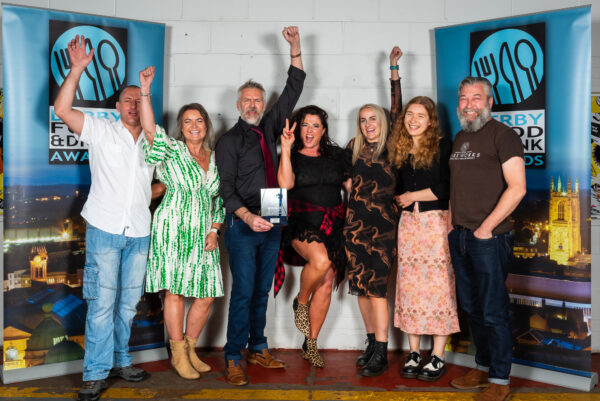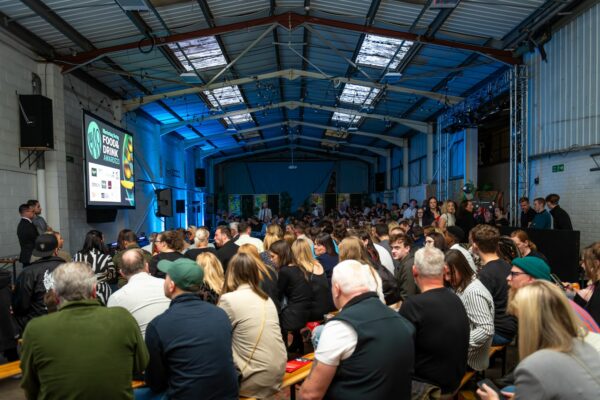Latest News | 30 March 2022
The consciousness of place

Author: John Forkin MBE DL
It’s a rare thing, to be alert to the fact you are not only living through history, but may actually be playing an active role in shaping it.
This is the case for tens of thousands of people in and around Derby, as the hashtag ‘SaveDerbyCounty’ regularly trends on social media platforms and national media attention fixes to the daily drama of the 138-year old football club’s fight for survival.
However, this article is not about the campaign to save the Rams from liquidation because, as I write, the campaign continues.
I want to capture what happens when a spontaneous coalition of communities expresses a common will and desire to protect an institution and way of life from disappearing.
It’s about the true meaning of the ‘people’s priorities’.
The early months of 2022 will be remembered in the history of the city – and I suspect also in the history of English football – for the role that people played in protecting one of football’s founding clubs.
There are two precedents I can think of when, what I will call ‘the consciousness of place’, became a mainstream concern of citizens, who then took matters in their own hands and decided to shape, as opposed to witness, history; in 1971 when the city faced the collapse of Rolls-Royce and in 2011, when Bombardier threatened to leave the city.
In both instances, campaigns were launched, importantly engaging a broad cross-section of diverse communities, myriad interests and varied politics.

In 1971, Rolls-Royce suffered massive losses as a result of its RB211 aero engine development and went into administration facing extinction, threatening the loss of 20,000 plus jobs.
In 2011, Bombardier lost two multi-billion pound UK government contracts (to Japan and Germany respectively) and the company began to lose faith in the need for a UK presence. Their departure would end train manufacturing, again with the immediate loss of 20,000 plus jobs.
In both cases – the disappearance of Rolls-Royce or Bombardier – the concern was primarily economic impact but it was also psychological, a serious bruise on the identity of place – city and country.
Just think, had these campaigns been lost, then the UK would no longer have either an aero engine or train industry today.
For Derby, these battles were both business and personal.
Home to the world’s first factory in 1721, Derby has always been a proud place of manufacturing and making, all through the 18th, 19th and 20th centuries.
The city was not going to lose Rolls-Royce or Bombardier without a fight and campaigns were launched, petitions signed, lobbies made, debates held in Parliament – all urging the government to step in and support both the city and British jobs.
Both campaigns succeeded.
Rolls-Royce was nationalised in 1971, its R&D thus protected and allowed to flourish, before the company was taken back into private ownership as a PLC in the late 1980s.
Today, with a truly global footprint, Rolls-Royce remains anchored in Derby, employing 13,000 people directly and many more in supply chains in a relationship that goes back over 100 years.
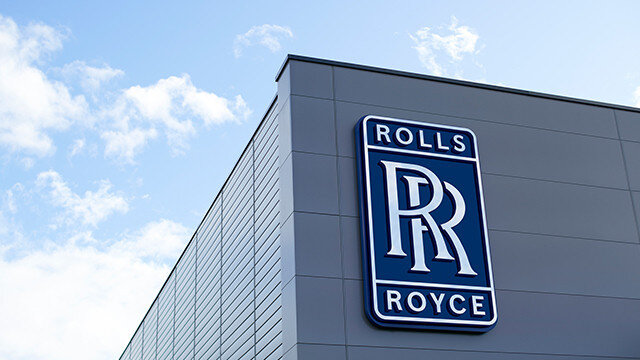
In the case of Bombardier, the company agreed to stay in Derby, winning the next major government contract to build the Crossrail trains.
Last year, the world’s second largest rail company, Alstom, bought Bombardier and Derby is now their largest site globally. The company recently celebrated winning the contract to build the HS2 trains. The relationship between the rail sector and city goes back 180 years.
It’s in this context that I see the 2022 edition – the campaign to save Derby County – with its 60,000 petitioners, 10,000 marchers, public-private and political support, local, and national media coverage and millions of hits across the virtual world.
This campaign though has been about so much more than football.
Under the slogan ‘One Club – One City’ it has shown a subtle understanding of the importance of identity and place – a passionate clarion call for people from a range of communities, demographics, age, gender and interests.
Many people on the march were not even football supporters but they innately understood its value to our identity and purpose as a place.
This sense of common purpose has been knitted into broad support for the city’s bid to become the UK City of Culture and also the competition for Derby to become home to the Great British Railways.
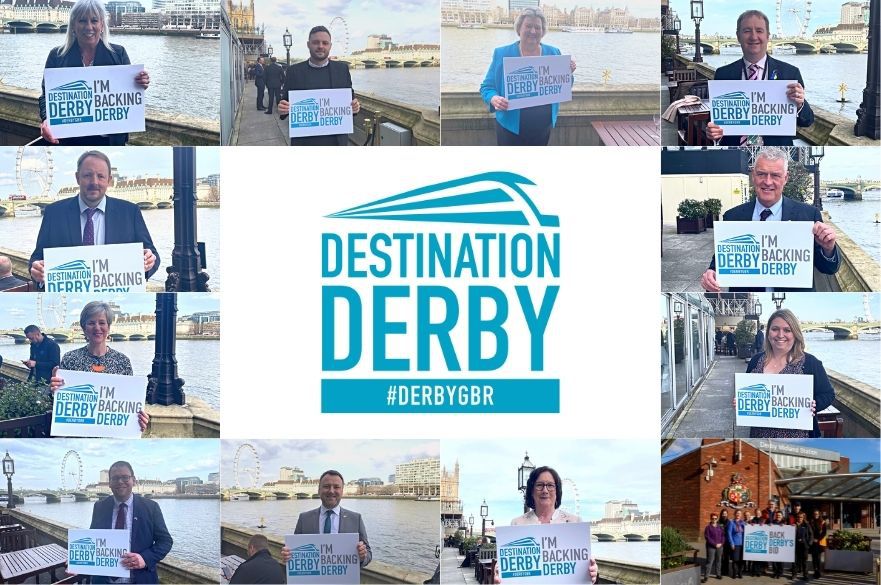
I am not naive enough to think for a minute that the diverse communities engaged in saving Derby County – and in supporting the other competitions – have the same attachments to particular policies or ideologies – be it politics, Covid, Brexit and other touchstones in our current culture wars.
I am sure that between us we disagree on many things, which is healthy.
However, for too long the public discourse has been dominated by a small clique of what some call ‘nay-sayers’ – busy bodies and keyboard warriors who love to put the place down – ‘nothing ever happens in Derby’.
What I do now know is to call time on this faux narrative, the cheap talk that Derby and Derbeians are negative about their city, that they don’t care for its future.
Quite the opposite, 1971, 2011 and now 2022, are all proof positive that Derby people do care and, when pushed, will stand up for what is right and demand response from those in power.
Derby is not Disneyland, there are many great things about the city but also many challenges that need fundamental change. We have to be honest enough to talk about this and deliver tangible change.
Whilst we are home to the highest salaries outside London, our social mobility is shameful.
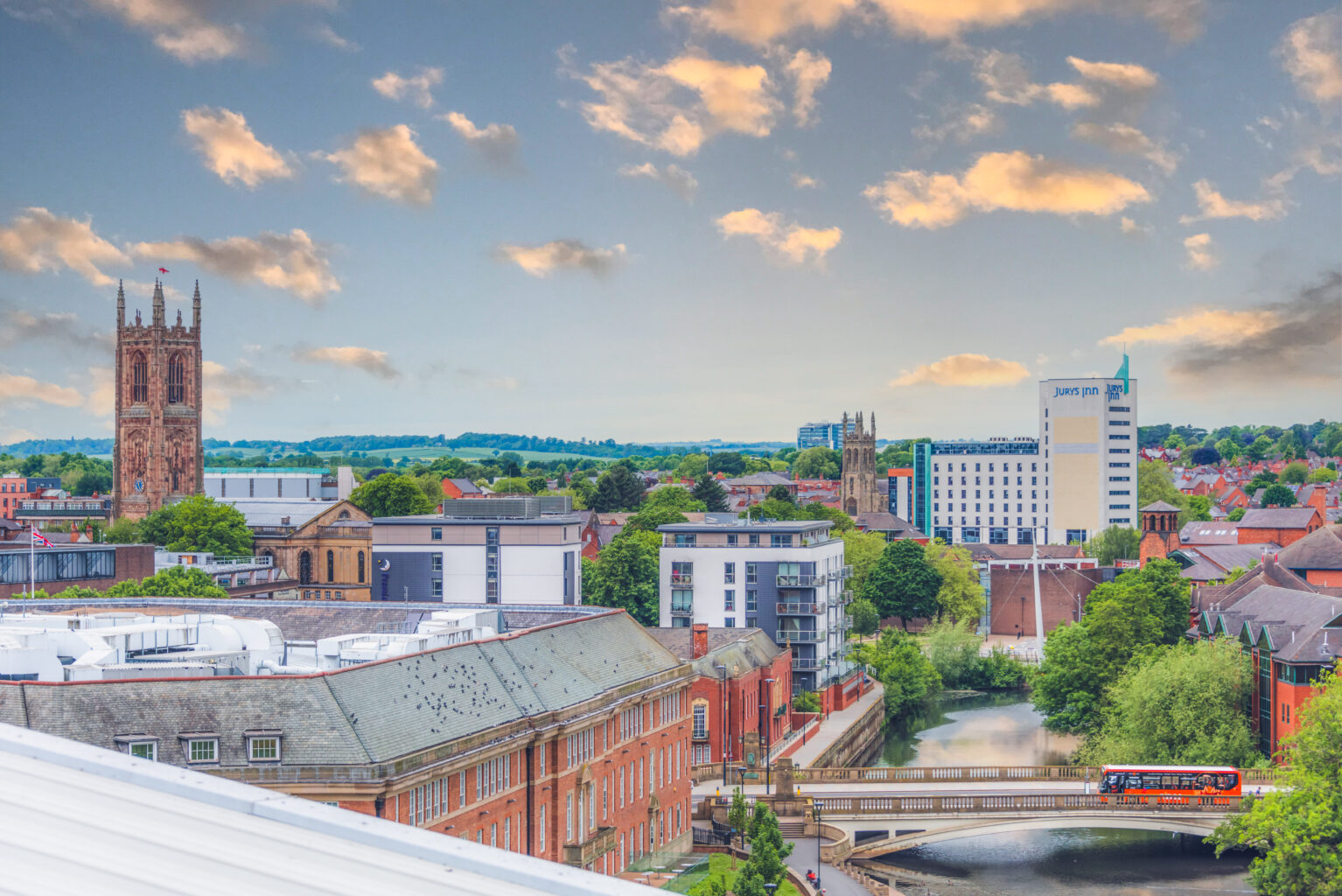
Whilst there has been significant investment in our city centre, it is not enough and we must sort out issues such as our riverside and the Assembly Rooms.
The nay-sayers latch onto these themes and, maybe in the past, we have not been honest with communities on the difficulty that those challenges bring.
Could there not be a better time to engage our communities in our future place now they have shown their passion and willingness?
Over the next few months we will be seeking to use that appetite as a platform for change. We will be opening an Urban Room which will engage people in shaping our place and we will be launching walking tours of the city and recruiting teams of city ambassadors.
The local poet, Jamie Thrasivoulou, describes Derby as the ‘underdog city’ and I like this, it feels real.
We don’t ask for much, we don’t demand special favours, we tend to just get on with life.
2022 could be a new chapter in citizen engagement as we shape our own history.

